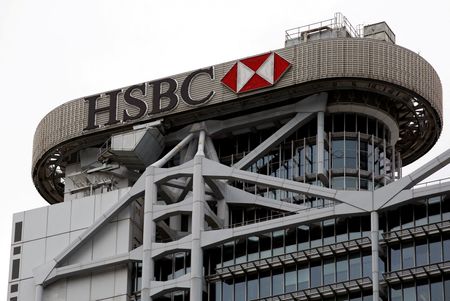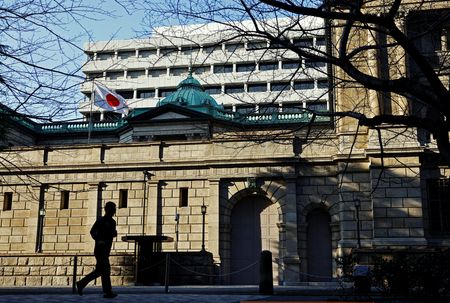By Marc Jones and Phoebe Seers
LONDON (Reuters) -Global financial authorities are set to miss a 2027 target set by the G20 group of nations to make international cross-border payments faster, cheaper and more transparent, the G20’s Financial Stability Board said on Thursday.
Goals set in 2021 included cutting the global average cost of a retail payment to no more than 1% and for 75% of wholesale and retail payments to be credited within an hour of being made.
While most of the initial “Roadmap” work has now been completed, an FSB progress report published ahead of G20 meetings later this month said it had not yet translated into tangible improvements for end-users at the global level.
“It’s becoming clear that the (G20) targets are not going to be hit by 2027,” FSB Deputy Secretary General Martin Moloney told Reuters, saying the huge number of countries involved and challenges of overhauling infrastructure had caused problems.
The report said key performance indicators (KPIs) showed only a slight improvement at a global level since they were first calculated in 2023.
While the speed of both wholesale international payments and remittance payments – where individuals send money back to their home countries – had improved, the costs remained high and there had been insufficient progress in terms of payment transparency.
With the 2027 target now unrealistic, Moloney said G20 decision makers would have to choose whether to extend it or come up with a fresh one altogether.
“That needs to be a rich and focused debate at G20 level,” Moloney said. “If we fall short of those KPIs we will still have an unsatisfactory situation,” he said, in terms of the global payments system.
STUBBORNLY HIGH COSTS
One of the needs is for countries’ payments plumbing to operate all day every day and to use standardised language so that moving money between countries and weeding out fraud and sanctions infringements is easier.
Costs of cross-border payments remain stubbornly expensive, the FSB’s report showed, with person-to-person payments in sub-Saharan Africa the highest globally and now more costly than they were, at 4% compared to 3.2% in 2023 and the less than 1% the G20 is targeting.
Some countries are also now seeing cryptocurrencies like bitcoin and so-called stablecoins being used for payments or transferring money.
Moloney said that it is an open question at this point what contribution stablecoins will make to the global payments system.
“The real issue is in the first and last leg,” he said, referring to difficulties in finding the right method to make a payment and a recipient getting their payment at the other end.
“I haven’t seen anything persuasive (with regards to stablecoins) to suggest they would solve those issues.”
(Reporting by Marc Jones and Phoebe Seers; Editing by Mark Potter, Kirsten Donovan)










